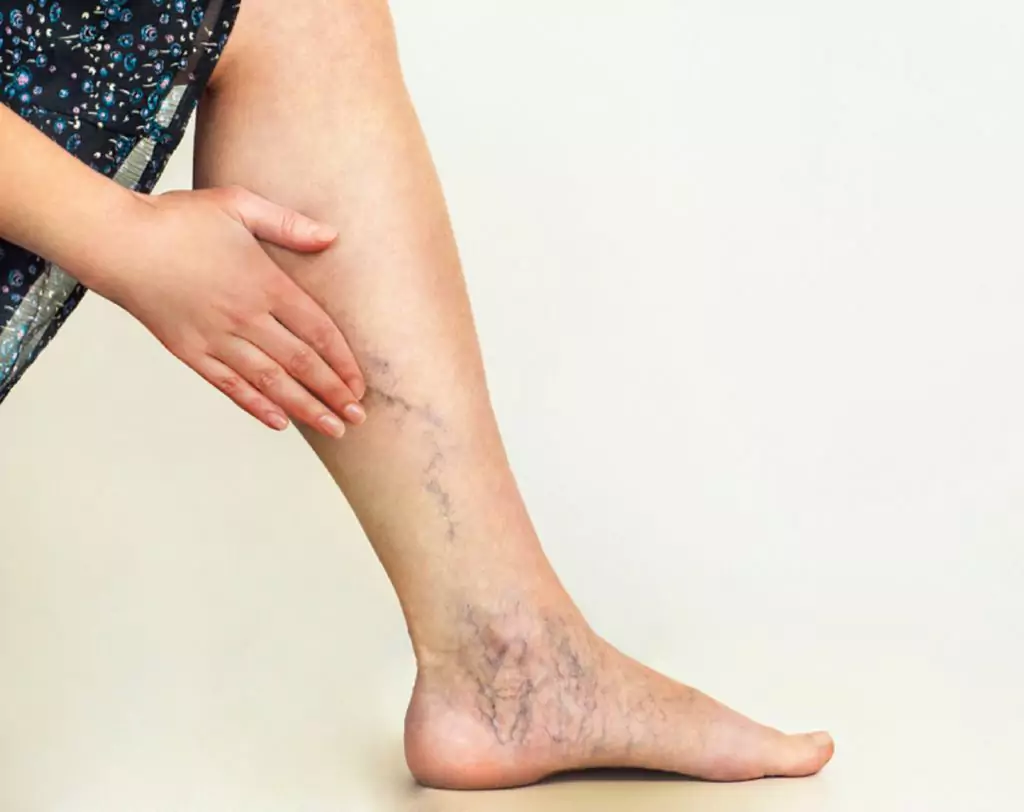Vascular Laser Treatment in Chelsea and Battersea
Do you want to reduce the appearance of spider veins, broken capillaries, or redness on your skin? Our advanced vascular laser treatments in Chelsea and Battersea offer a non-invasive solution to target visible veins and vascular lesions effectively. Restore your skin’s health and confidence with our expert care.
What is Vascular Laser Treatment?
Vascular laser treatment uses targeted light energy to treat visible blood vessels and redness on the skin. The laser heats and collapses the affected blood vessels, which are then naturally reabsorbed by the body over time. This treatment is precise, safe, and effective for improving the appearance of various vascular conditions.
Benefits of Vascular Laser Treatment
Vascular laser treatment offers numerous benefits, including:
- Reduced Visible Veins: Effectively treats spider veins and broken capillaries.
- Improved Skin Tone: Minimises redness and enhances skin clarity.
- Non-Invasive Procedure: A safe and quick treatment with no downtime.
- Long-Lasting Results: Provides lasting improvements with proper aftercare.
- Boosted Confidence: Enjoy smoother, healthier-looking skin.
Conditions Treated with Vascular Laser
Our vascular laser treatments are effective for addressing a variety of skin concerns, including:
- Spider Veins: Thin, red or purple veins that appear on the face or legs.
- Broken Capillaries: Small, visible blood vessels on the face.
- Rosacea: Redness and flushing often caused by enlarged blood vessels.
- Port Wine Stains: Birthmarks caused by dilated blood vessels.
- Redness from Scarring: Vascular laser can reduce redness in scar tissue.
- Cherry Angiomas: Small, red bumps caused by blood vessel clusters.
Why Choose Us for Vascular Laser Treatment in Chelsea and Battersea?
We are committed to providing top-quality vascular laser treatments tailored to your needs. Here’s why clients in Chelsea and Battersea choose us:
- Experienced Specialists: Highly trained practitioners with expertise in vascular laser technology.
- Advanced Equipment: State-of-the-art lasers for precise and effective treatment.
- Personalized Care: Treatments customized to your unique skin concerns and goals.
- Safe and Comfortable Environment: Professional care in a relaxing, welcoming setting.
- Convenient Locations: Easily accessible clinics in Chelsea and Battersea for stress-free appointments.
What to Expect During Your Vascular Laser Treatment
We prioritise your comfort and satisfaction at every step of your treatment journey. Here’s what to expect:
- Consultation: Discuss your skin concerns and medical history with our specialists.
- Skin Assessment: A detailed evaluation to determine the most suitable laser settings for your condition.
- Treatment: The vascular laser is applied to the target area, heating and treating the affected vessels.
- Post-Treatment Guidance: Receive aftercare instructions to ensure optimal results.
- Follow-Up: Optional follow-ups to monitor your progress and maintain your results.
Local Expertise in Chelsea and Battersea
Our clinics in Chelsea and Battersea are conveniently located to provide expert care for vascular concerns. Whether you’re enjoying the vibrant streets of Chelsea or relaxing in Battersea Park, healthier, clearer skin is just a step away.
Frequently Asked
QUESTIONS
Vascular laser treatment uses targeted laser energy to treat visible blood vessels and redness, promoting clearer, healthier skin.
Most patients experience minimal discomfort, often described as a slight snapping sensation. A cooling device may be used to enhance comfort during the procedure.
Treatment times vary depending on the area, but most sessions are completed within 30-45 minutes.
There’s little to no downtime. You may experience mild redness or swelling, which typically subsides within a few hours.
The number of sessions depends on the severity of the condition. Many patients see improvement after 1-3 treatments.
Treated veins are permanently removed, but new veins may appear over time. Maintenance treatments can help preserve results.
Book Your Vascular Laser Appointment Today
Ready to reduce visible veins and redness for smoother, clearer skin? Contact our Chelsea or Battersea clinic to schedule your vascular laser consultation. Let our experts help you achieve healthier skin with safe, effective care.

